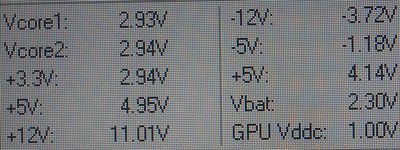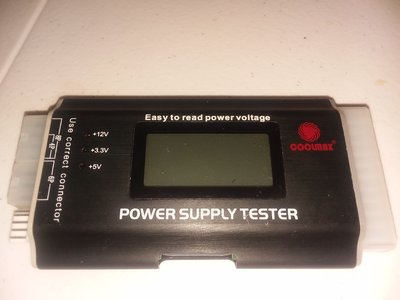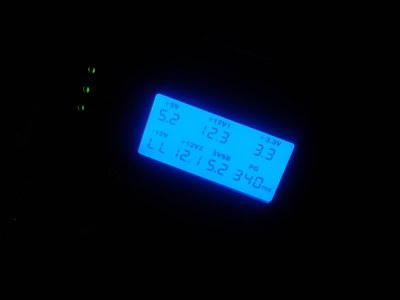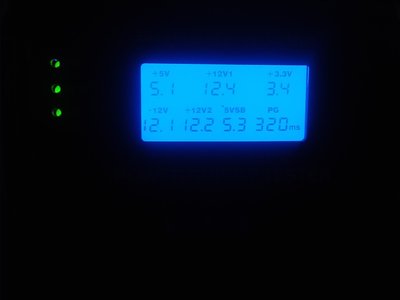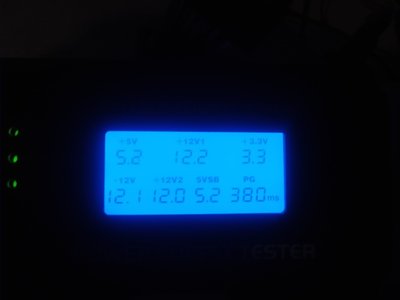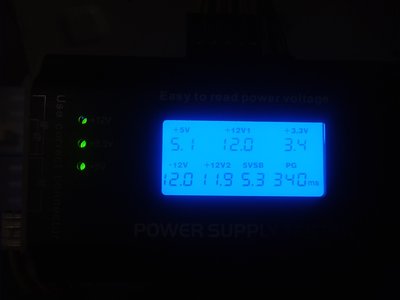First post, by athlon-power
- Rank
- Member
I've recently been cobbling up a faster machine by upgrading my current one (a Dell Inspiron 5676). I've already upgraded from a Ryzen 5 1400 to a Ryzen 5 2600. As a result of this, I noticed that the stock cooler for the R5 2600 wasn't performing well, and I figured it was about time that the system got a front panel fan (yes, it only has one case fan, an exhaust fan). I grabbed a couple of spare fans I have, tried one or two, and a few didn't spin up just because they were old fans.
One fan I plugged in (I guess I plugged it in backwards, hard to tell, I was plugging it via the fan motherboard header) caused the system to turn on for about half a second before it immediately shut off again. I temporarily connected a different PSU to see if I had killed the motherboard, and it seemed to POST okay.
I hooked up a PSU tester to the system's original PSU and it showed that -12v had vanished. When I booted up the computer, the voltages were way out of spec, so I turned it off. The negative rails were nearly gone, with -12v @ -3v, and -5v @ -0.88v. The 12v rail was at roughly 11.4, and so on.
My question is, did I damage both the PSU and the motherboard, or did my PSU sacrifice itself to save the mobo, and I just got away with this by the skin of my teeth? I had zero clue something like this could happen with a fan. I thought it would kill the fan, or the fan simply wouldn't spin up, but no, it blew some of the innards of my PSU all to Hell, apparently.
For refrence, the fan was from one of my old Dell Optiplex PCs, and while it didn't use exactly the same connector, I thought it was plugged in right. Guess I was wrong.The fan took the standard 12v for power.
Where am I?

